Before I say anything about our topic for today, let’s take a moment to appreciate the titles for this article that didn't make the cut:
- Demo like you mean it
- Demo, drugs, and rock and roll
- Demo or die
- Demo-cracy (my personal favorite)
- Demo-lishing doubts
- SaaS demos that suck: The art of not impressing anyone (another favorite)
I chose this topic because demos are core to product marketing’s role as in-house storytellers. When I think about product marketing, I see a team of storytellers bringing products to life with contagious enthusiasm. We’re the ones with a sparkle in our eyes as we talk about our products.
So, in this article, I’ll share tips for nailing your next big demo. I’ll cover suggestions for setting the stage beforehand, best practices for showtime, tips on sales enablement, and some miscellaneous, yet valuable, lessons I've learned throughout my career.
Some of these lessons were learned the hard way, but they're all part of the journey.
Setting the stage
If you know a demo is on the calendar, you can take some steps in advance to ace it. Let’s dive into some of those steps.
Tip one: Create a believable demo account
Numero uno (and this applies equally to sales teams prepping demos): Ensure your demo environment looks legit. Nothing torpedoes a demo faster than a janky test account. Bad or fake data distracts viewers and prevents them from engaging with your narrative.
Instead, populate accounts with realistic customer profiles: Believable (fake) names, photos, contact info, and messages in coherent languages. This level of fidelity helps prospects relate to the use case and follow the story. No one wants to squint at “Lorem Ipsum” placeholders while you’re making a business case around personalized experiences!
Tip two: Have a game plan
Second, don’t just wing it. Map out the key functionality you’ll cover to illustrate a realistic use case. While you don’t need to script everything word-for-word, understand the logical flow and story arc, and customize your demo according to the industry or interests of the audience. I like sending myself emails or notifications during demos to showcase certain features in situ.
If others will be on the call, coordinate with them so you don’t step on each other’s toes. Make sure everyone understands their role and responsibilities to present a united front.
Most importantly, be sure to guide viewers along a coherent narrative that builds context and allows them to connect the dots. Disjointed demos that jump around confuse people and make them lose interest.
Tip three: Provide context
Depending on the product, you might want to consider starting with a slide or two providing a high-level architecture overview. Since you likely won’t cover every module and capability in depth, this orients viewers to the full landscape. It also manages expectations about what you’ll focus on during the demo itself. Think of it as setting the stage.
Introducing the target users and their pain points is also hugely valuable for providing context. Especially if the prospect isn’t the end user, explain who specifically stands to benefit and why. Illustrate the ideal customer profile to show precisely how your product delivers value. A few slides upfront explaining the “who” and “why” make the “what” and “how” of your demo resonate that much more.
Tip four: Clean up
Allow me to issue a public service announcement: Clean up your desktop before the demo!
Picture this: A browser cluttered with tabs. I've seen it during demos, and it's distracting. I find myself wondering about the open tabs and apps. It's intriguing, sure, but not what you want your audience to focus on. So, painful as it may be, close those extra tabs. Keep just one window open, and consider your computer's bandwidth.
Here's a lesson I've learned the hard way and it's written in blood: Restart your PC before the demo. Ensure all updates are completed. Trust me, nothing is more embarrassing than having to restart your computer mid-demo, apologizing profusely to your audience. It's a simple step, but a crucial one.
Another important tip, learned through many burns, is to always snooze Slack alerts or any other notifications while sharing your screen. This is a good practice not just for demos, but for any screen-sharing situation. It helps you maintain focus and professionalism during your presentation.
Showtime!
Alright, we've covered pre-demo prep, so now let's dive into the demo itself. This is all about delivering an engaging presentation.
Tip one: Step into the shoes of the user
One key approach is to tell the story from the user's perspective. Instead of saying "The user can do this" or "The app can do that," put yourself in the user's shoes.
For instance, in a healthcare-related demo, I might start by saying, "Today, I'm Dr. Max, a practitioner at a small private practice." This approach helps the audience connect with the demo on a personal level.
Tip two: Stay on track
When it comes to handling questions during the demo, engagement is great, but staying on track is crucial. If a question is directly related to what's on screen, go ahead and address it. However, avoid veering off course.
If the question isn't immediately relevant, acknowledge it and promise to return to it later. Keep in mind that some attendees might be eagerly awaiting the answer to their specific question, which can affect their attention span. In my experience, the best strategy is to ask for a bit of patience, stick to your planned flow, and then address the question later.
Tip three: Make it interactive
It’s also vital to make your demo interactive, especially if it's online. For instance, ask for an attendee's email to send something during the demo, or use their name and details in a sample record. This technique draws people back into the presentation and maintains their engagement. Tailoring your demo to spark curiosity can make a huge difference, especially in a virtual setting where attention can easily drift.
Engaging your audience during a demo can be as simple as posing a question. For instance, I might ask, "If you were this user, what would you do?" This draws the audience back into the presentation and encourages them to think from the user's perspective.
Tip four: Make sacrifices
Demos don't always go exactly as planned. You might have a detailed story and workflow in mind, but questions come up, or introductions take longer than expected, eating into your demo time.
When this happens, it's crucial to reevaluate and prioritize. Instead of rushing through all your content at the speed of light, focus on the most important aspects. You can always schedule another demo or send a recording for the parts you couldn't cover. Quality over quantity is key.
Tip five: Use validating language
Validating language is another powerful tool. It makes your presentation more compelling and impactful. For instance, rather than saying, "Some users use this functionality," you could say, "Over 50% of our traffic engages with this feature," or "A popular use case among our users is..." This approach makes your product relatable and vivid.
When I demonstrate our dashboard, I like to paint a picture: "Imagine you're having your morning coffee and browsing through this list on the dashboard." It's about bringing the user's experience to life, rather than just listing features.
A useful tactic is to incorporate real user feedback into your narrative. For example, "If you ask our users, they'll tell you they start their day with this feature," or "Our users say this tool helps them achieve XYZ." This strategy not only validates your product but also brings those user personas into the heart of your story.
Tip six: Wrap up properly
When it's time to conclude your demo, avoid abrupt endings like, "Okay, guys, that's it. It's over," or awkwardly fishing for questions with "Any questions? No? Are you sure?" Similarly, ending by saying, "I have so much more to show you, but we're out of time," isn't the best way to wrap up.
And, of course, awkward silences are a no-no. We have a sales rep who just stops talking when he's done, leaving everyone hanging. It’s awkward as heck.
It's good to have a closing statement ready. This signals to your audience that the demo is concluding. You might say something like, "Alright, we've covered a lot today and I look forward to discussing the next steps with you." This transitions smoothly to the next part of your meeting.
Tips for sales enablement
When you’re training a sales team to do demos, it's crucial to give them the tools and confidence to effectively showcase the product. You're not just training sales reps; you're empowering them to be as enthusiastic about the product as you are. Here are a few handy tips and tools to help you do that:
- Feature index: It’s useful to have an index of features with corresponding value points, outlining use cases and benefits for each feature.
- Demo accounts: I also like to create demo accounts for our sales reps. While building them can be tedious, it's invaluable in providing them with a practical tool to demonstrate the product.
- Value statements: Give your teams the vocabulary they need to talk about the value your product provides to users. To me, product marketing is about crafting the language that defines our product and our company. So, one of my key metrics for success is hearing the language my team has developed being used across the organization – from the CEO presenting to investors to the VP of product discussing the roadmap.
- Grow with your product: Keeping your demos up-to-date is vital, especially in dynamic environments like ours at vcita, where new features are constantly being rolled out. Presenting these new features can tell a compelling story about both our organization and our product. It showcases the product as live, growing, and evolving.
Assorted best practices
Finally, let’s wrap up with some miscellaneous best practices I’ve picked up over the years.
- Record a mini-demo: People often skip demos, asking for the recording later but, honestly, they’re probably not going to watch a recording that includes lengthy introductions. Instead, I recommend sharing a three-minute version of the demo. It's easier to follow for those who missed the live demo. This is also the version I advise our sales team to send out.
- Mention items on your roadmap: Why not mention upcoming features during your demo? This can help highlight the product's continuous development and address popular use cases.
- “No” is okay: It's also important to be honest and transparent during sales calls. Not every question can be answered with a “yes.” Sometimes, it's better to admit that a particular use case isn't supported and suggest a workaround or discuss potential future support.
- Have a backup plan: While I've been lucky enough not to experience a total tech failure during a demo, the fear is real. To combat this, I have a deck with screenshots ready as an insurance policy. Having that fallback option helps me manage my anxiety and ensures the demo can proceed smoothly, even if technical issues arise.
- Smile and tell jokes: Studies show that even if the audience can't see you, they can sense the smile in your voice. This changes the whole sentiment of the presentation. People receive and process messages differently when they're delivered with a positive, smiling tone. So, talk about your product while smiling, having fun, and feeling confident in your element.
I have three jokes that I use in every demo. It's kind of funny to see my teams anticipate them. These jokes, or any light-hearted comments about the product or users, make the demo feel more friendly and casual. This approach works even in a B2B enterprise environment, like when we demo to banks. We have jokes for those occasions too.
The key is to be in your element, feel confident, and showcase your product at its best. This approach makes the demo enjoyable for both you and your audience. Good luck with all your future demos!
This article is based on a presentation given by Rachel Nulman-Schapiro at the Product Marketing Summit in Tel Aviv. Catch up on this presentation, and others, using our OnDemand service. For more exclusive content, visit your membership dashboard.


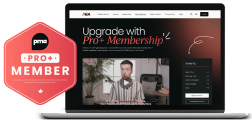


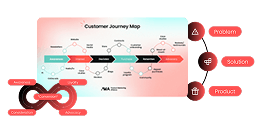
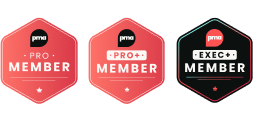

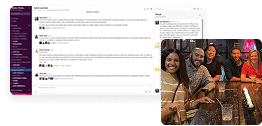

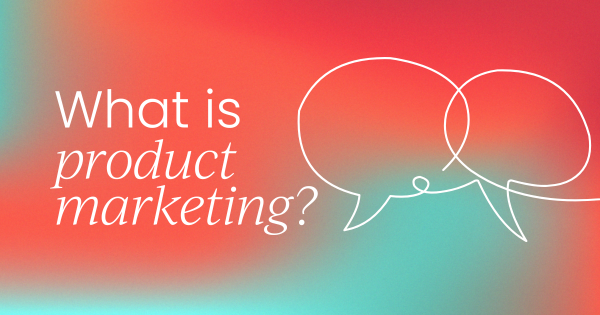
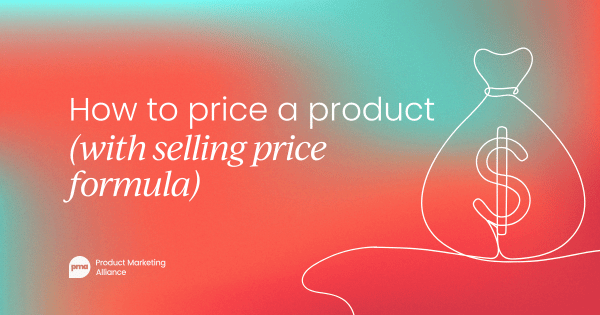
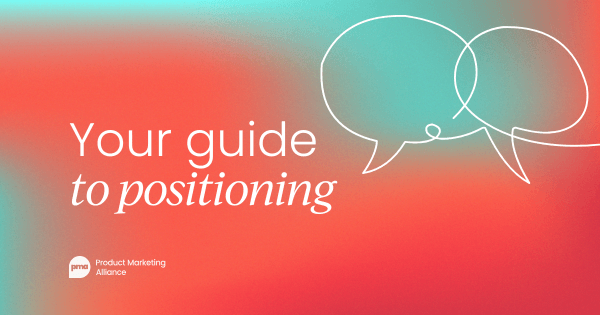
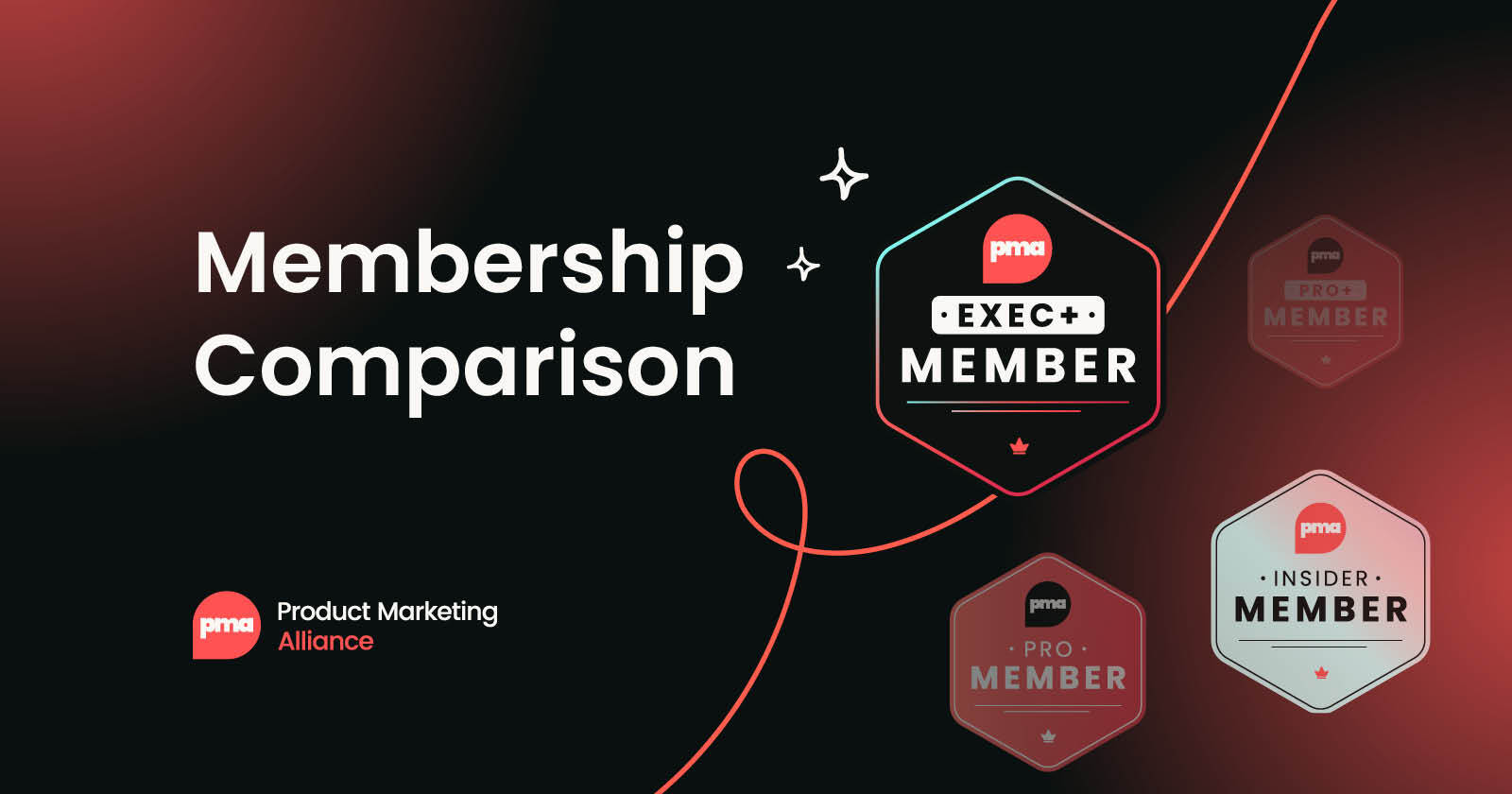
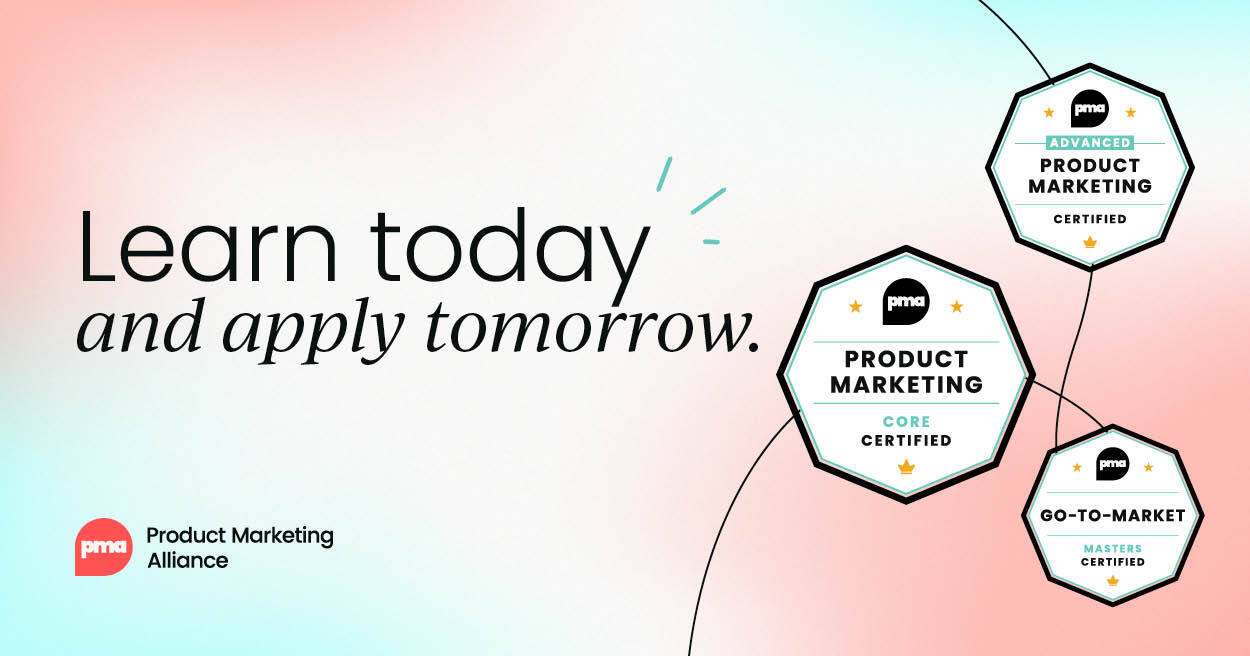
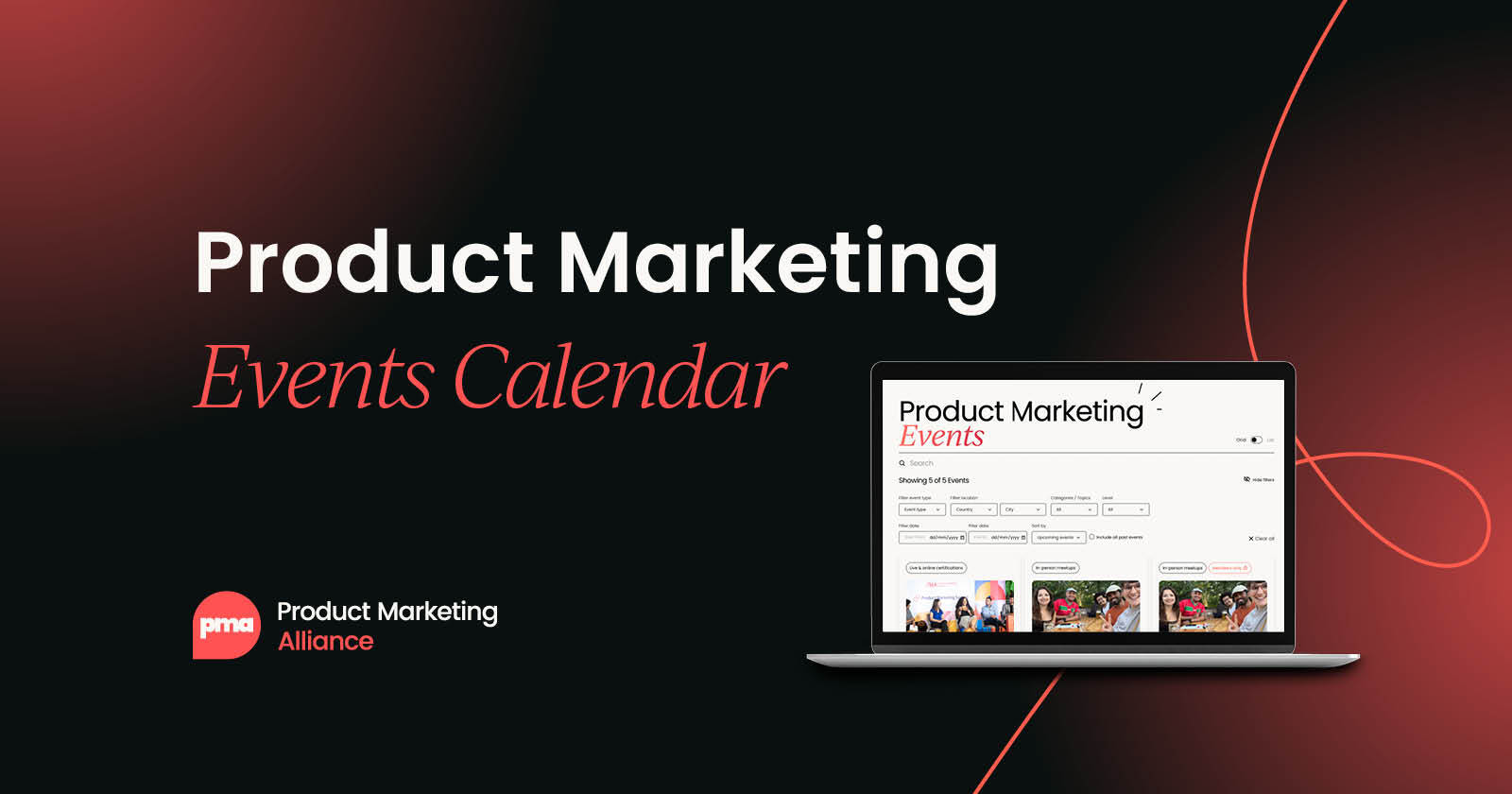
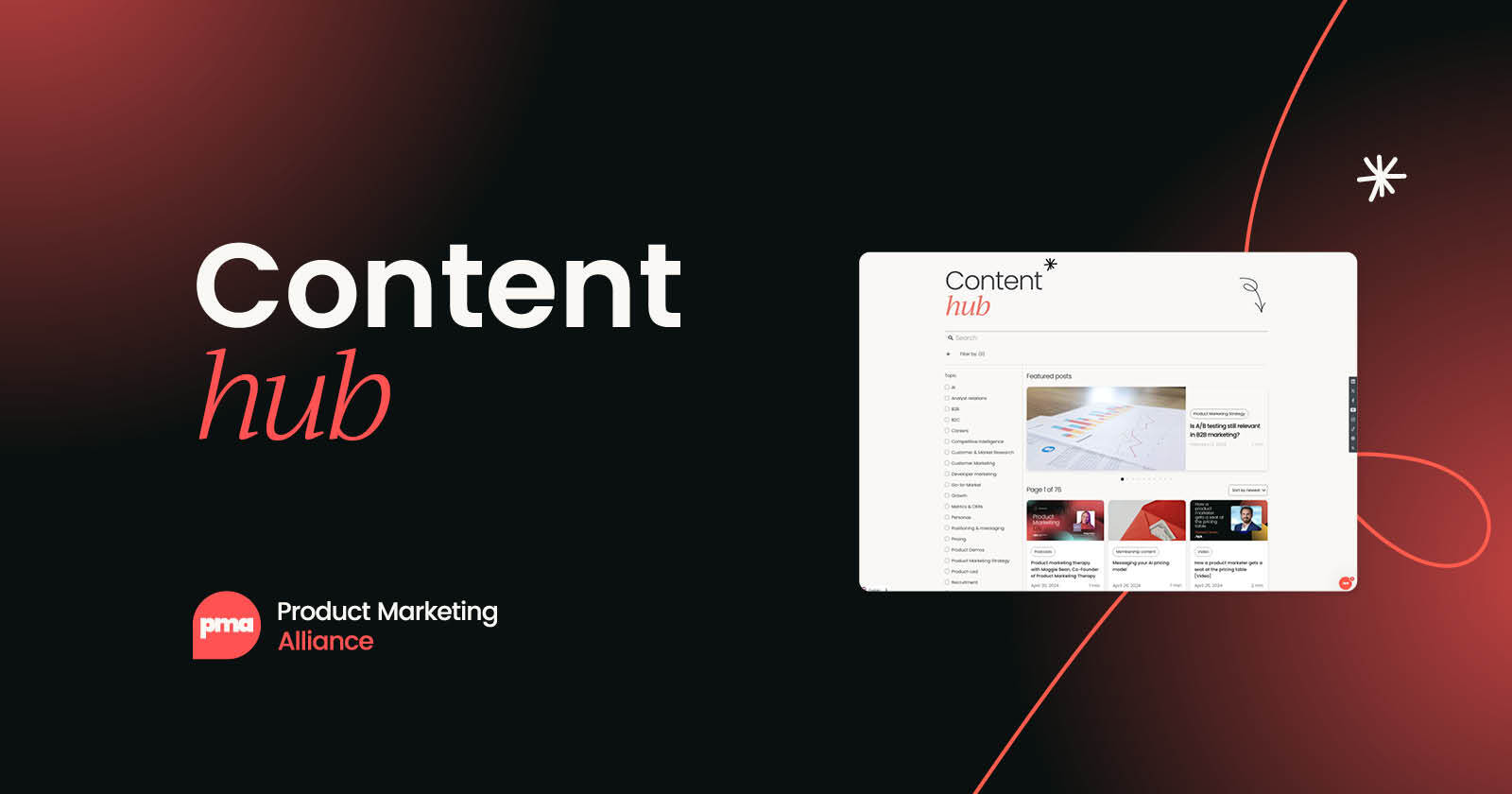

 Follow us on LinkedIn
Follow us on LinkedIn





.svg)
Start the conversation
Become a member of Product Marketing Alliance to start commenting.
Sign up now